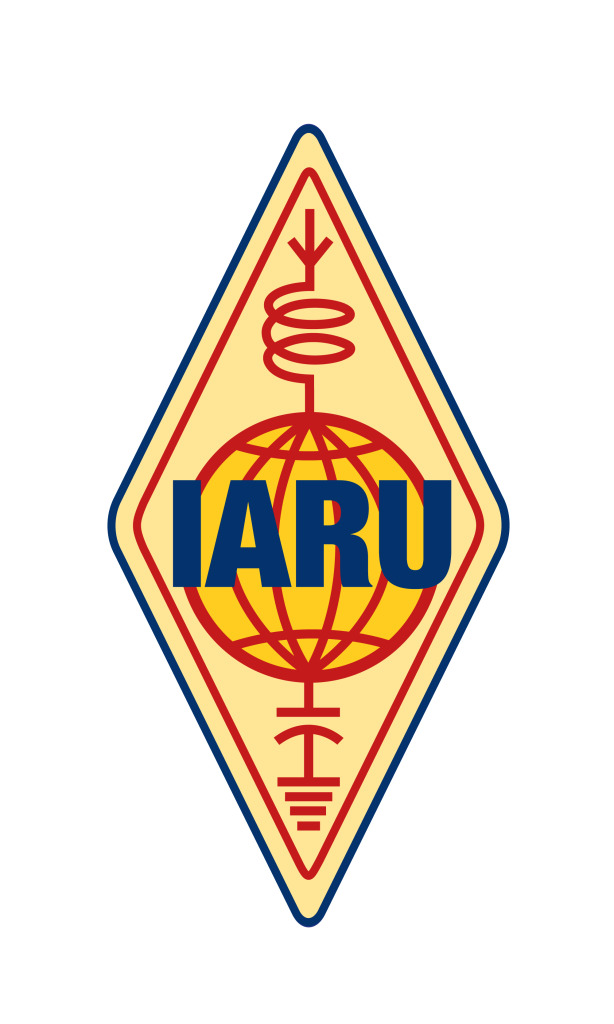In the early 1920s, it was discovered that the shortwave spectrum could be used to support worldwide propagation through ionospheric reflection. It was great for a plethora of applications like international broadcasting, emergency communications, and more. However, despite hams being some of the first to discover this phenomena, amateur radio was actually at risk of being left behind, according to the International Amateur Radio Union (IARU).

The discovery led to a “gold rush” of sorts with more and more people flocking to use the spectrum, including commercial interests. With so many people and entities coming to the medium, it was challenging for hams to get the limited frequencies with stronger stations, ultimately making it difficult to communicate.
So, on April 18, 1925, the IARU was formed by representatives across the world with the goal of protecting the interests of hams everywhere. This includes France, Great Britan, Belgium, the United States, and Canada. It has grown to include 160 member societies in three regions—Region 1: Europe, Africa, the Middle East, and Northern Asia; Region 2: the Americas; Region 3: New Zealand, Australia, the Pacific Island nations, and most of Asia.
One of its biggest accomplishments came just two years after its formation. In 1927, during the Washington International Radiotelegraph Conference, the group fought for and won the right for hams to use 160, 80, 40, 20, and 10 meters with a 5-meter band later changed to 6 meters after WWII, according to the group.
To honor the continued work the union does for hams everywhere, interested amateurs can help celebrate the IARU’s 100th anniversary this April 18 during World Amateur Radio Day. This year’s theme is “Entering the Next Century of Amateur Radio Communications & Innovation.”
Coincidentally, April is also Citizen Science Month, which couldn’t pair more perfectly with the organization’s 100th anniversary and amateur radio’s many contributions to a multitude of scientific fields like physics and astronomy.
With that in mind, in the spirit of the scientific discoveries made using amateur radio and those yet to be, the ARRL and HamSCI (the Ham Radio Science Citizen Investigation) are partnering for something special to honor both events.
First, the ARRL is inviting radio clubs and schools to organize a Ham Radio Open House to honor the IARU and highlight the amateur radio service for its development and practice of the latest radio communications and technology. The goal is for radio clubs and schools to invite folks who don’t have experience in ham radio and show them how science and technology intersect with fun and learning, according to the ARRL.
Additionally, both groups are inviting the public to partake in One Million Acts of Science during the entirety of April. This is where people can participate in citizen science projects that collectively generate more than a million scientific data points that will then be used to advance multiple fields including human health, astronomy, biodiversity, and climate change, according to SciStarter.
“Amateur radio has a long and rich history of contributing to science, which is why it is important to highlight this connection,” said Dr. Nathan Frissell, the founder of HamSCI. “Equally important, FCC Part 97 says that a primary purpose of the amateur radio service is the ‘continuation and extension of the amateur’s proven ability to contribute to the advancement of the radio art.’ This purpose is well aligned with the Citizen Science Movement.”
To learn more about the One Million Acts of Science project, click here.

